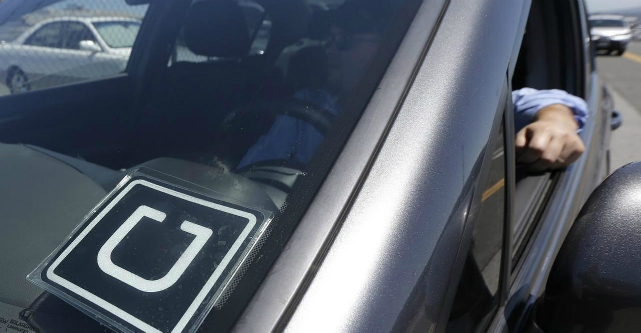
Ride-sharing giant Uber is looking to take to the skies and last week revealed its plans for flying taxis.
The company shared its plans to US publication FastCompany ahead of its three-day Elevate summit in the US. The plans and the summit expand on a whitepaper the company released last year, which discussed the “future of on-demand urban air transportation”.
Read more: Transport’s innovation problem — why haven’t flying cars taken off?
Uber planned to use the summit to discuss the issues and challenges of getting air-based on-demand transport off the ground. One key issue is finding populated cities in which to test the technology, with initial test runs planned to be carried out in Dubai and Dallas, Texas.
Dubai hopes to have a working demonstration Uber vehicle for display by 2020, but Uber’s chief product officer Jeff Holden told FastCompany he’s “not exactly positive” what the company will deploy there.
“It could be a simple demonstrator; it could be something further along,” he said.
Planning an unprecedented mode of air transport in highly populated areas comes with significant challenges, including keeping the aircraft quiet, and being capable of vertical landing and take-off. Uber is also looking to solve the problem of where the flying taxis will touch down to let passengers on board, with the current plan being to place “vertiports” on buildings.
“It’s anything from residential structures to office structures that have roof space they can use, or structures they can build or add onto,” Holden said.
The noise issue is one Uber is hoping to solve through collaboration with a number of companies through its Elevate program, as Sustainable Aviation Foundation founder Brian Seeley told FastCompany the concept could be dead in the air if noise issues aren’t solved.
“My fear … is that there are hundreds of millions of dollars being invested in potential sky taxis whose noise signature will disqualify them from commercial use,” Seeley said.
The company wants to have the aircraft going into mass production within six years, and hopes to have the whole service up and running in a decade’s time. Although the long-term goal of the program is to have the aircrafts be autonomous, Holden said it will be a “long process” as it has never been done.
Until then, Uber will have to find commercial pilots to fly the crafts, a process which is unlikely to be cheap. However, Holden maintains flights on the service will not be exorbitant.
“I don’t think it will be a crazy premium,” Holden told FastCompany.
“I think it will be something that a lot of people will seriously consider, but it won’t start as an everyday [service].”
Follow StartupSmart on Facebook, Twitter, LinkedIn and iTunes.


COMMENTS
SmartCompany is committed to hosting lively discussions. Help us keep the conversation useful, interesting and welcoming. We aim to publish comments quickly in the interest of promoting robust conversation, but we’re a small team and we deploy filters to protect against legal risk. Occasionally your comment may be held up while it is being reviewed, but we’re working as fast as we can to keep the conversation rolling.
The SmartCompany comment section is members-only content. Please subscribe to leave a comment.
The SmartCompany comment section is members-only content. Please login to leave a comment.